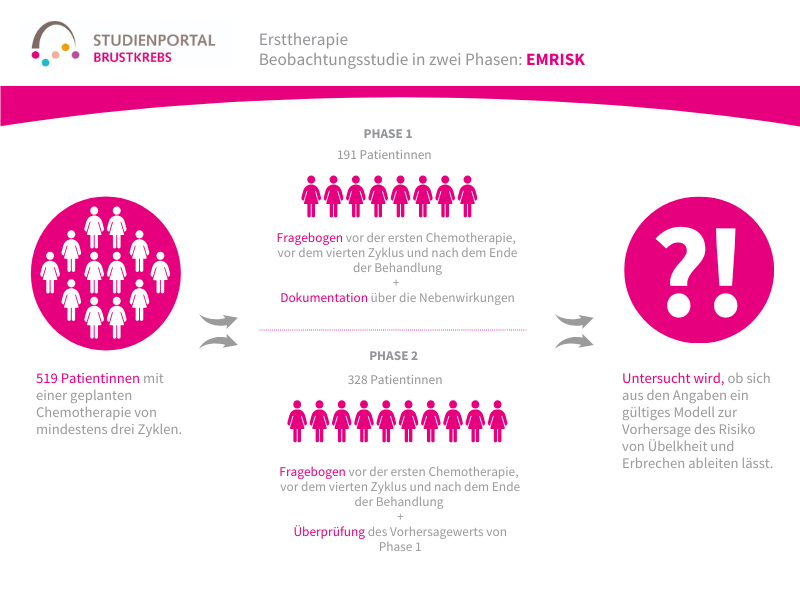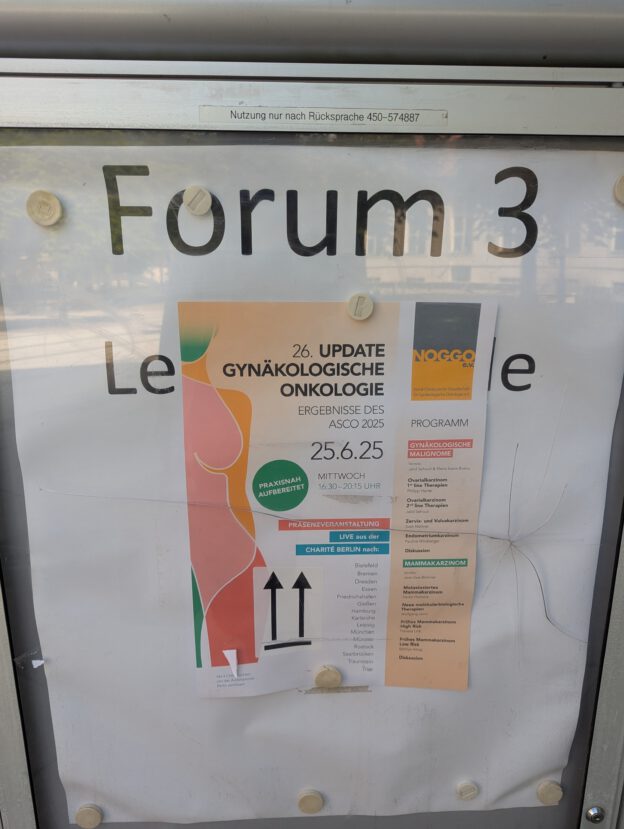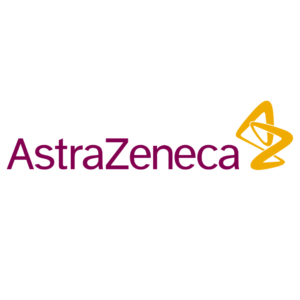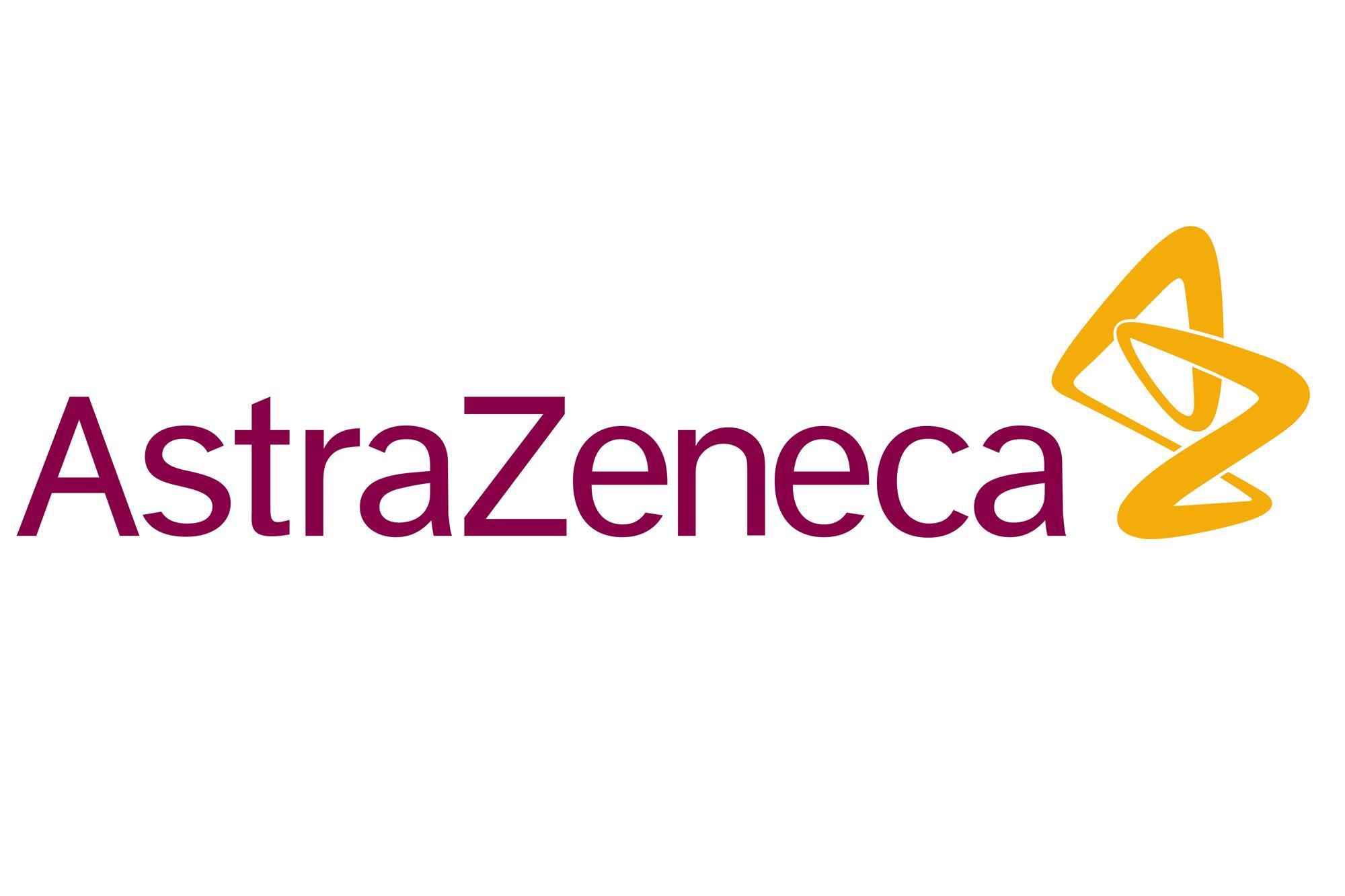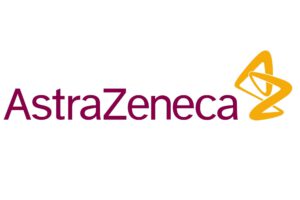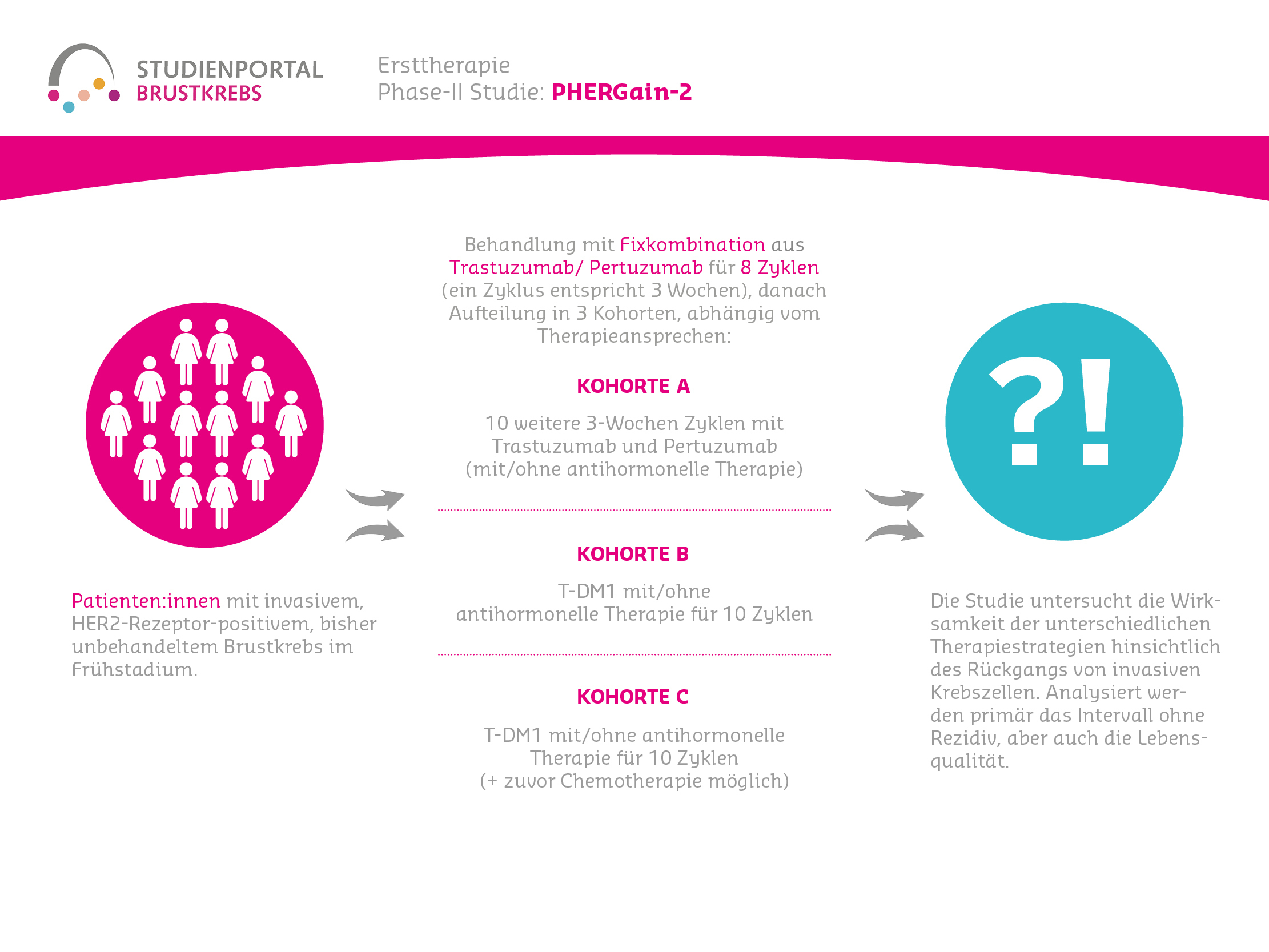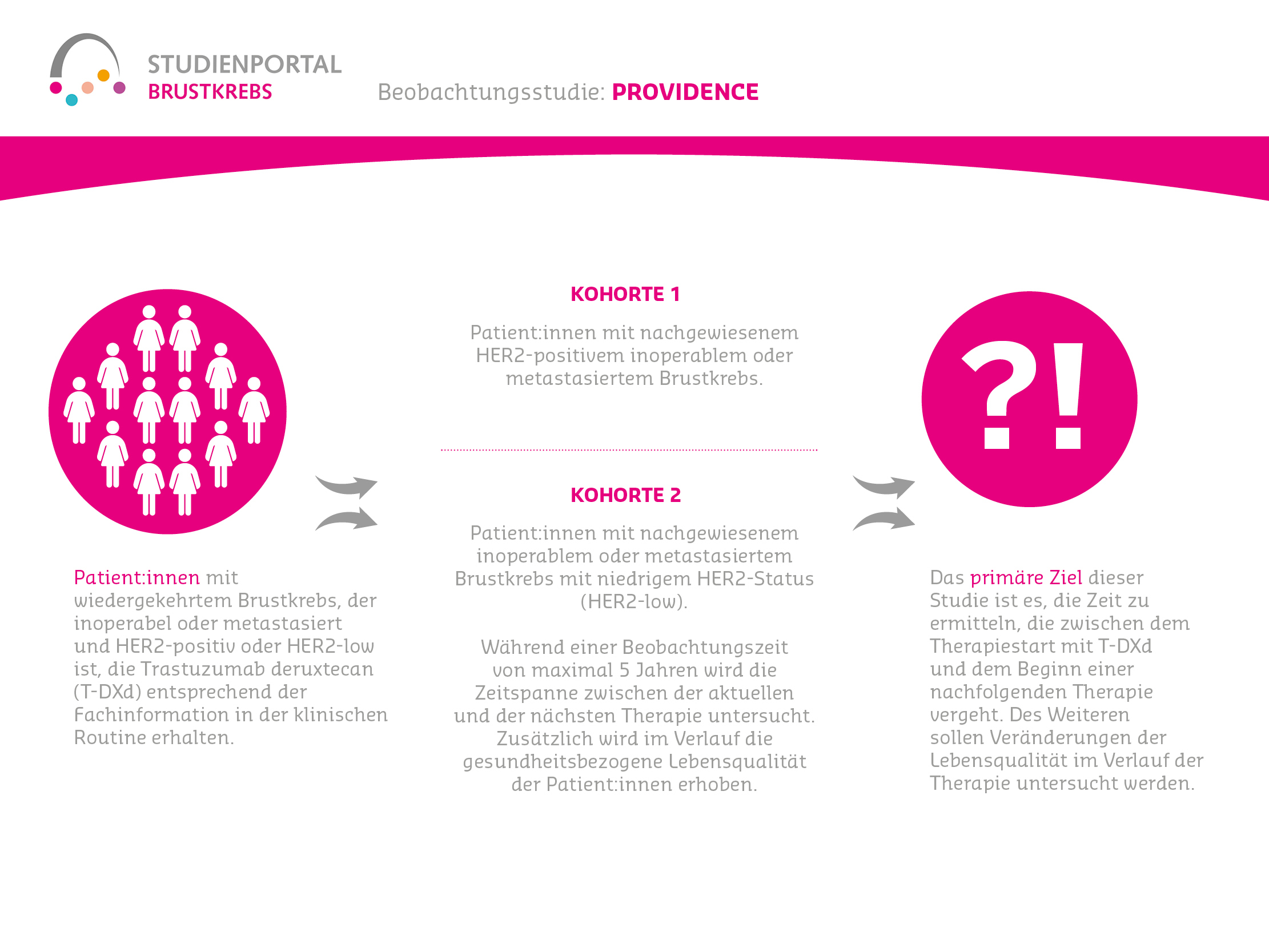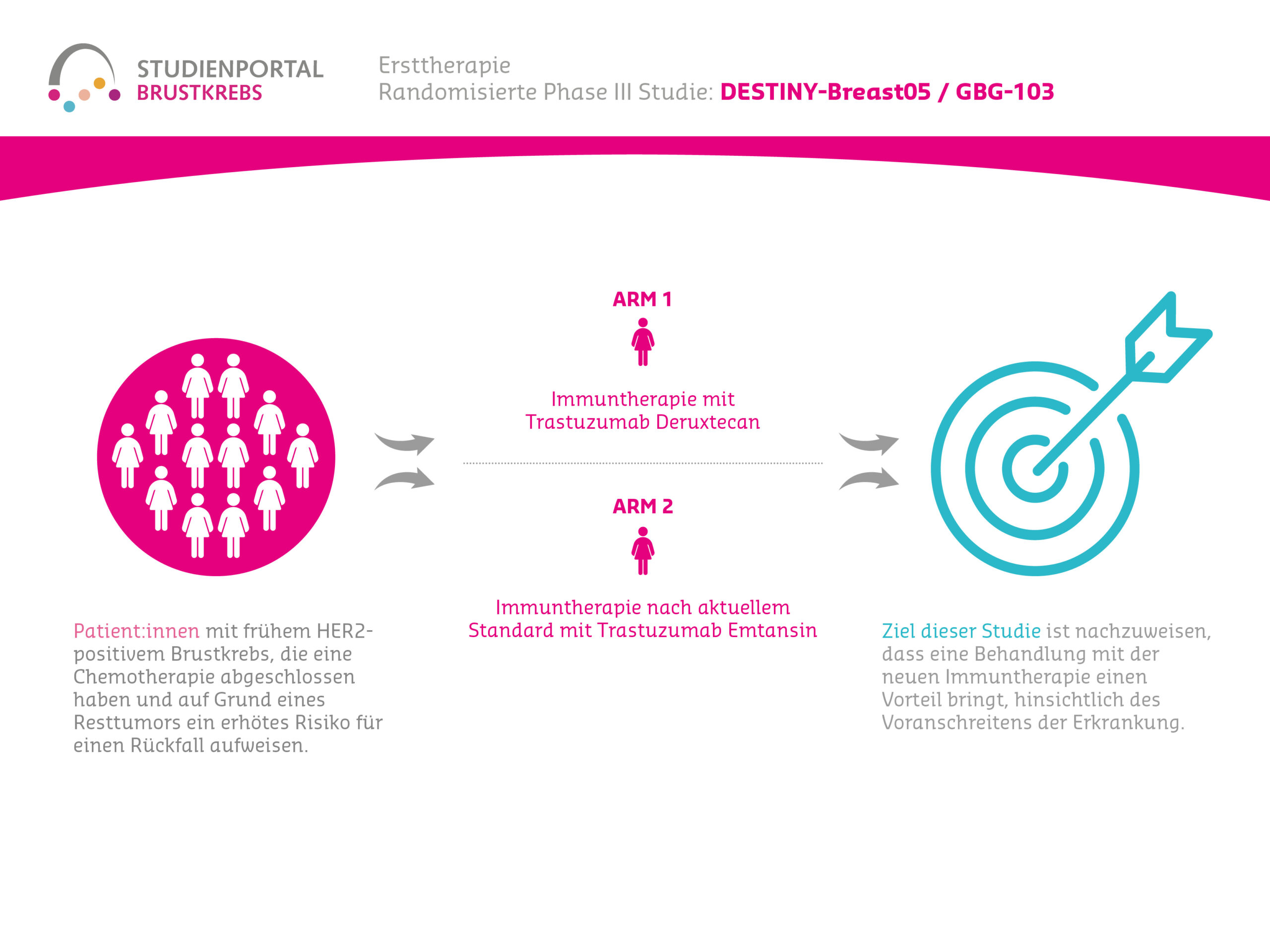New Approaches against Metastatic Breast Cancer: Mini-Tumors from Circulating Tumor Cells
On January 3, 2025, the German Cancer Research Center (DKFZ) published an exciting press release on the results of a DKFZ research team that was able to develop a new approach to specifically eliminate tumor cells using blood samples from breast cancer patients.
Here is the press release:
Circulating tumor cells in the blood are the “germ cells” of breast cancer metastases. They are very rare and could not be propagated in cell culture dishes until now, which made the research of therapy resistances difficult. A team from the German Cancer Research Center (DKFZ), the Heidelberg Stem Cell Institute HI-STEM*, and the NCT Heidelberg** has now succeeded for the first time in cultivating stable tumor organoids directly from blood samples of breast cancer patients. Using these mini-tumors, the researchers were able to decipher a molecular signaling pathway that ensures the survival and therapy resistance of cancer cells. With this knowledge, the researchers succeeded in developing an approach to specifically eliminate the tumor cells in laboratory experiments.
Metastases are dangerous offshoots of tumors that spread to vital organs such as the liver, lungs, or brain and are usually difficult to treat. Even though the prognosis for breast cancer patients has significantly improved in recent decades, metastatic breast cancer still poses a major challenge, as metastases often respond only temporarily to therapies.
Cancer cells that detach from the primary tumor and migrate into other organs via the bloodstream are considered triggers of breast cancer metastases. These circulating cancer cells (CTCs) are extremely rare and hide among the billions of blood cells circulating in the blood vessels.
Andreas Trumpp, head of department at DKFZ and HI-STEM director, had already shown several years ago that only a few of the circulating tumor cells are capable of forming a new secondary tumor in another organ. These mostly therapy-resistant “germ cells” of metastases are very rare, difficult to isolate, and could not be propagated in the laboratory until now. “This makes it difficult to specifically develop new therapies that directly attack the metastasis-causing cells. However, if we understand how these cells survive the initial therapy and what drives their growth, we could combat the formation of breast cancer metastases at the root and perhaps even prevent them entirely one day,” explains the first author of the work, Roberto Würth from Trumpp’s research department.
The team around Andreas Trumpp has succeeded for the first time worldwide in propagating CTCs from blood samples of breast cancer patients and cultivating them as stable tumor organoids in cell culture. Until now, an detour was always necessary, namely the complex and lengthy propagation of CTCs in immunodeficient mice. To understand how tumor cells become resistant to therapies, researchers need tumor material from different time points in the course of the disease. Unlike surgical removal of tissue samples (biopsy), blood draws are simple and can be performed repeatedly.
The three-dimensional and patient-specific mini-tumors can be cultivated multiple times during the disease from blood samples and are excellently suited to investigate the molecular mechanisms that enable the survival of tumors despite therapy. Preclinical tests for the effectiveness of already available cancer drugs can also be carried out quickly and on a large scale on organoids in cell culture.
The clinical registry study CATCH (ClinicalTrials.gov ID: NCT05652569) at NCT Heidelberg analyzes the genetic diversity of tumor cells from breast cancer patients. Thanks to the successful cultivation of the organoids, the interdisciplinary research team around Trumpp, in close cooperation with the CATCH study, was able to identify a key signaling pathway that ensures the growth and survival of breast cancer CTCs in the blood. The protein NRG1 (Neuregulin 1) acts like a vital ‘fuel’. It binds to the HER3 receptor on the cancer cells and, together with the HER2 receptor, activates signaling pathways that ensure cell growth and survival. What’s also exciting: Even if this fuel runs out or the receptors are blocked by medication, the cells find new tricks. An alternative signaling pathway, controlled by the Fibroblast Growth Factor Receptor 1 (FGFR1), steps in and ensures growth and survival.
“Tumors react to external influences, for example, targeted therapies against HER2, by using such ‘bypass roads’. This is a crucial mechanism in the development of therapy resistance,” explains Roberto Würth. But there are ways out: The researchers showed on the organoids that a combined blockade of both signaling pathways (NRG1-HER2/3 and FGFR) can effectively stop the proliferation of tumor cells and induce cell death.
Andreas Trumpp summarizes: “The ability to cultivate CTCs from the blood of breast cancer patients at different time points as tumor organoids in the laboratory is a decisive breakthrough. This allows us to investigate much better how tumor cells become resistant to therapies. On this basis, we can develop new treatments that may also specifically kill resistant tumor cells. Another conceivable approach is to adapt existing therapies in such a way that the development of resistances and metastases is reduced or even prevented from the outset. Since the organoids are specific for each patient, the method is suitable for identifying or developing individually tailored therapies that are optimally adapted to the individual disease.” Before the method can be used in the care of breast cancer patients, it must first be tested in clinical studies.
*The Heidelberg Institute for Stem Cell Technology and Experimental Medicine (HI-STEM) gGmbH was founded in 2008 as a public-private partnership by DKFZ and Dietmar Hopp Foundation
** The National Center for Tumor Diseases (NCT) Heidelberg is a long-term cooperation between the German Cancer Research Center (DKFZ), the University Hospital Heidelberg (UKHD), the Medical Faculty of Heidelberg University, and the Thoraxklinik Heidelberg.
Source: DKFZ

